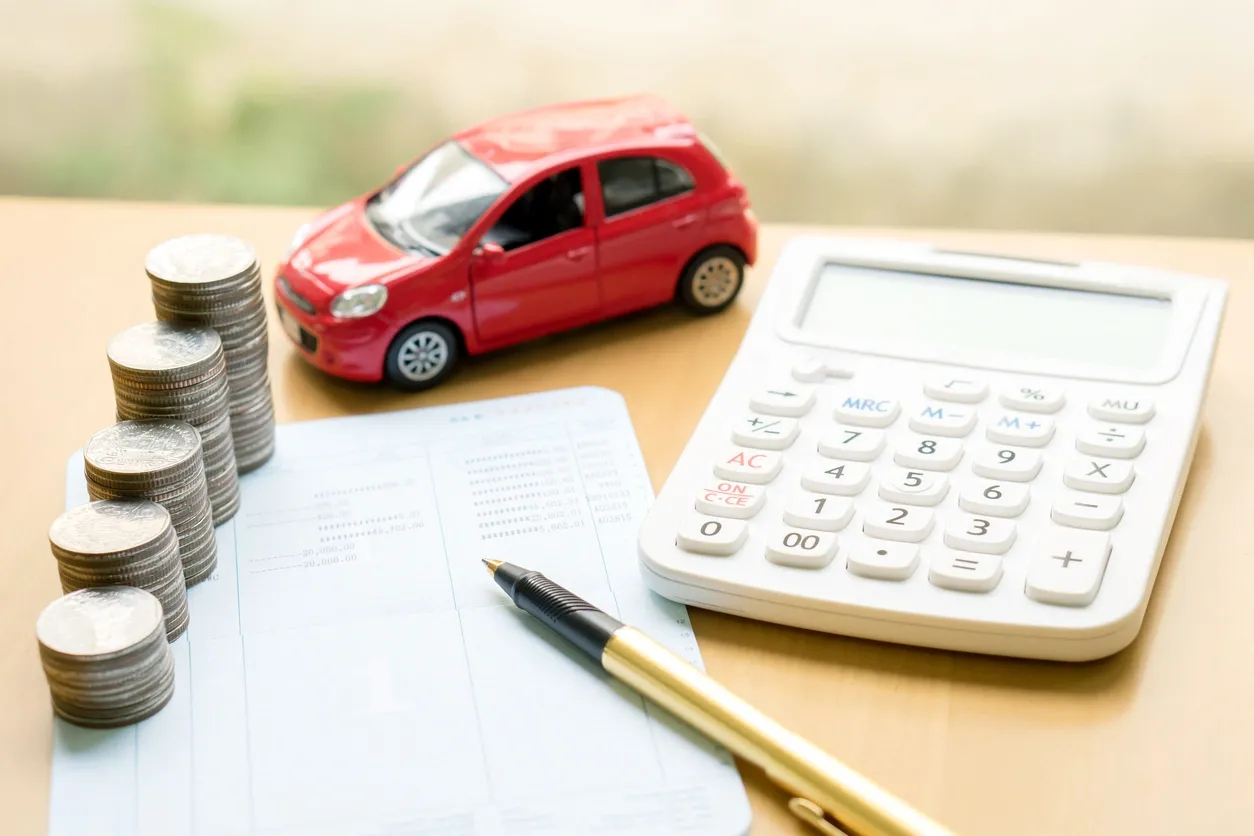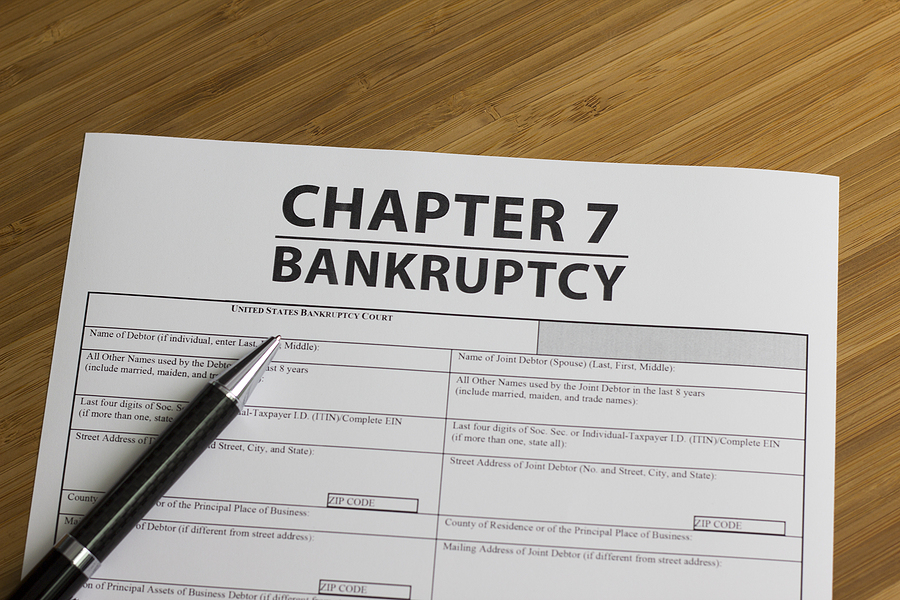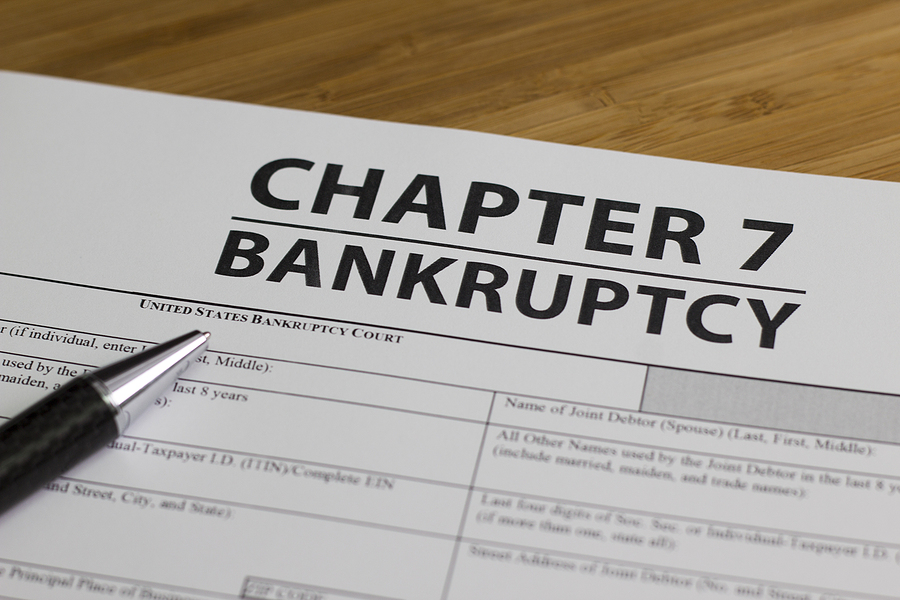Chapter 13 bankruptcy offers some real advantages for debtors who are concerned that if they file a bankruptcy case, either the bankruptcy trustee will be able to take their car away from them because it might not be exempt, or that the car lender will ultimately repossess the car because the payments are difficult to afford. Chapter 13 helps out debtors in this situation in three different ways.
You can’t lose non-exempt assets in chapter 13. One of the big differences between a chapter 13 bankruptcy and a chapter 7 bankruptcy is that chapter 13 trustees are “non-liquidating” trustees and chapter 7 trustees are “liquidating” trustees. That is, if a chapter 7 debtor owns a non-exempt asset, the chapter 7 trustee can demand the turnover of the asset, or require the debtor to pay the trustee the value of the non-exempt asset. Chapter 13 trustees don’t have that power. This doesn’t mean that there’s no impact if a chapter 13 debtor owns a non-exempt asset; in order to get a chapter 13 plan confirmed, the debtor has to pay enough money into the plan so that the debtor’s unsecured creditors receive at least as much of a dividend from the chapter 13 trustee as they would in a hypothetical chapter 7 liquidation. But chapter 13 debtors don’t have to worry about an asset being taken away from them. So debtors worried about the second car, or the paid-for vehicle that has good value can get a benefit from filing a chapter 13 plan.
You can re-set the car loan interest rate in chapter 13. For people who have a high-interest rate on their car loan, chapter 13 offers some real relief. A debtor can propose to pay their car loan through the chapter 13 plan at an interest rate slightly above the prime interest rate – right now the rate is about 5.25%. The vehicle loan must be paid in full, at the appropriate interest rate over a three-to-five-year period, but for some people whose interest rate is more than 12%, the money savings are significant.
In some cases, you can reduce the principal balance of the car loan, too. In addition to a lower interest rate, people with car loans that were taken out more than two and one-half years before the bankruptcy case was filed (technically, 910 days) also have the ability to pay the loan in full by paying for the current market value of the car if that amount is lower (as it often is) than the principal balance of the car loan. Again, when a chapter 13 debtor can do this, the money savings on the car loan can be significant – and a real help in getting the household budget under control. Would chapter 13 be a good option for making your car loan make sense? The knowledgeable attorneys at Kain + Henehan can talk with you about this, and other issues at a no-charge, no-obligation initial meeting. Come find us at www.kainhenehan.com to get started!







